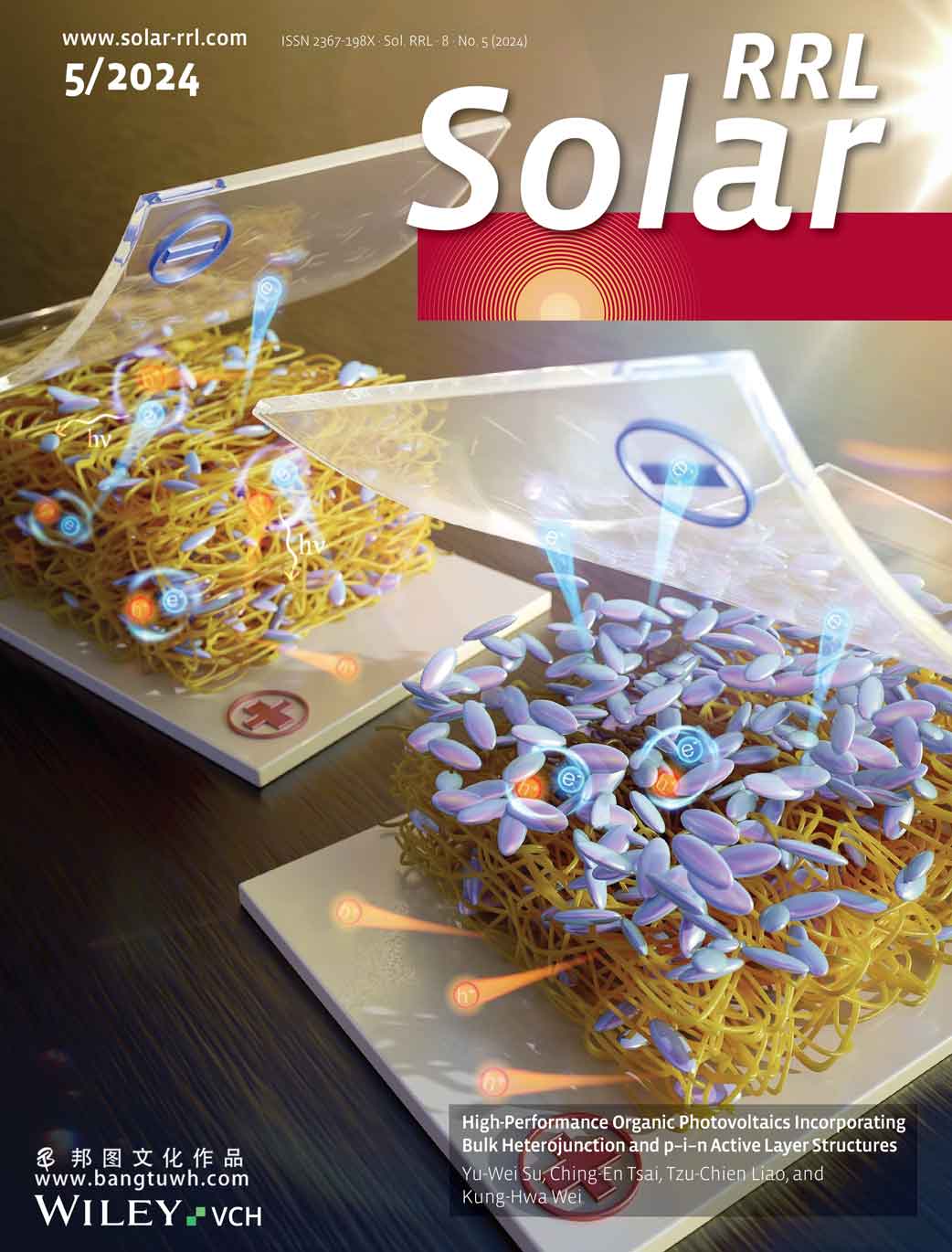
科研绘图sci画图作图学术杂志封面设计toc示意图文章配图医学动画





in the past five years, significant advancements in the development of novel conjugated polymer donors (d) and non-fullerene acceptors (a), such as small molecules, have substantially boosted the power conversion efficiency of bulk heterojunction (bhj) organic photovoltaics (opvs) devices to over 19%. recently, in the pursuit of broader impact and heightened efficiency for opvs, an alternative processing approach has emerged; this approach involves a sequential deposition (sd) technique or a layer-by-layer method, creating active layers with p–i–n structures (p and n stand for d and a region, respectively; i stands for bhj region). notably, this sd method is particularly effective in semitransparent organic photovoltaics (st-opvs), despite the material requirements it entails. sd-processing methods enable the creation of vertical multiple junctions and controllable d/a interfaces, facilitating exciton dissociation and charge transport through a well-designed pseudo p–i–n structure. furthermore, st-opvs can be integrated into building-incorporated photovoltaic modules, offering potential applications in greenhouses and agricultural modernization. this integration allows for the comprehensive utilization of solar spectrum energy. in this review, current literature is consolidated on new materials, such as conjugated polymers and non-fullerene small molecules as electron-donating and electron-withdrawing materials, aimed at high-efficiency opvs and st-opvs with bhj- and p–i–n structured active layers, and perspectives are offered for future developments.



微信扫一扫,加设计师好友
17621261539
周一至周五8:30-18:00

提升“研值”

工作人员将在1个小时内联系您。

